3D Printing Service
Our online 3D printing services offer high-quality custom parts and prototypes tailored to fit any project. Whether you need a one-off prototype or a full production run, we support a variety of technologies, including FDM, SLS, SLA, and MJF, with quick quotes.
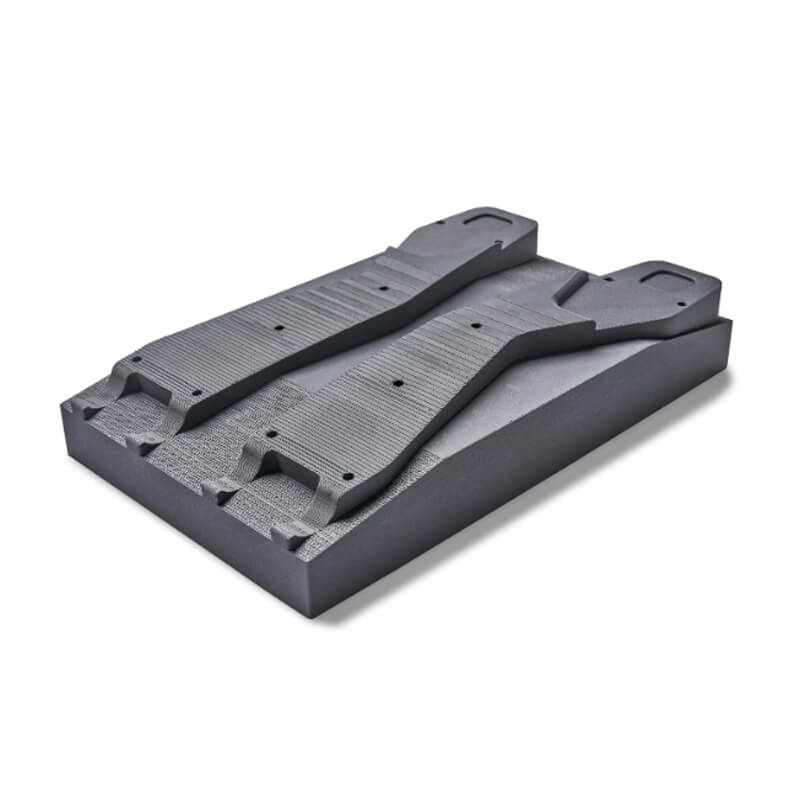
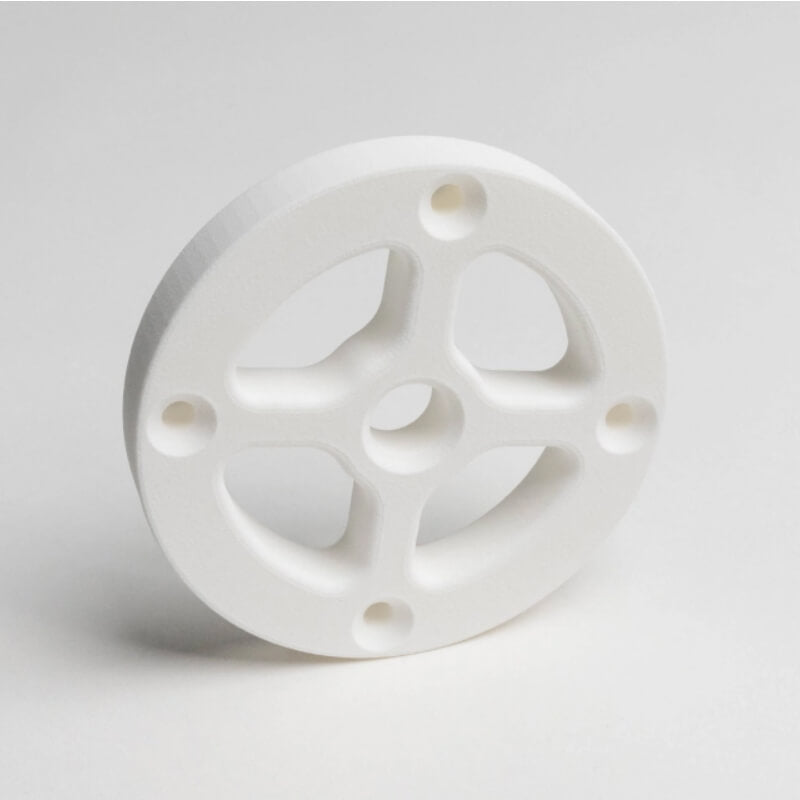
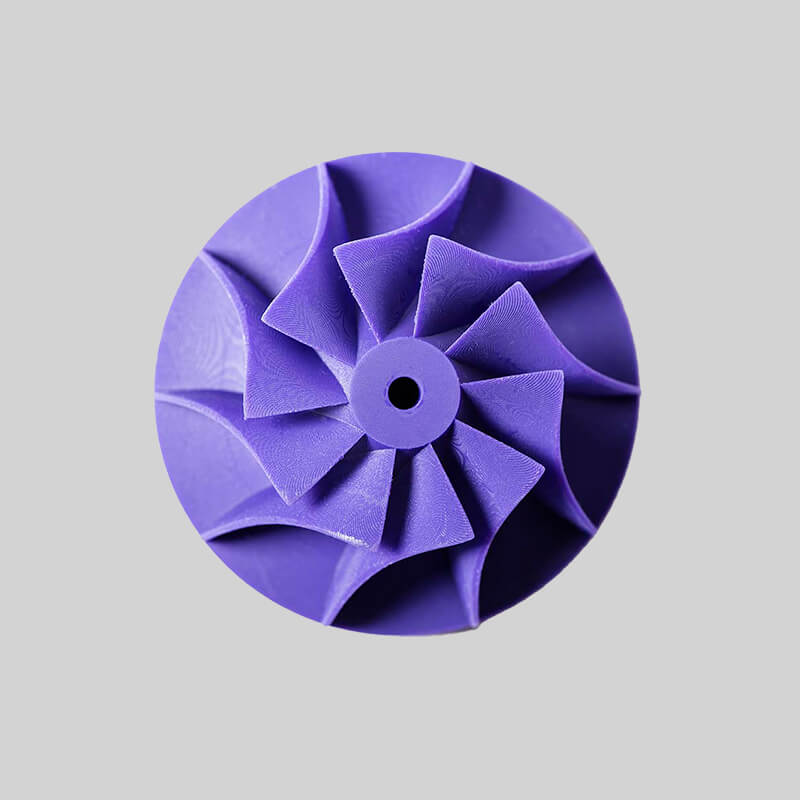
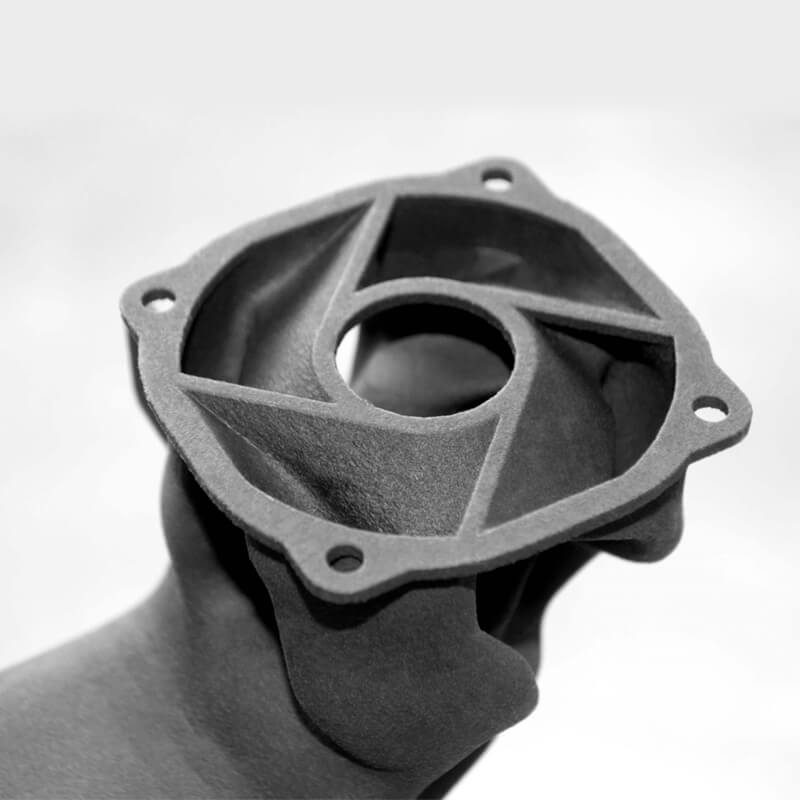
FDM
(Fused Deposition Modeling)
-Fast & Affordable Prototyping
- Dimensional accuracy of ±0.5% with a lower limit: ±0.5mm
- Lead times from 1-2 business days
SLS
(Selective Laser Sintering)
-Functional Prototyping & Low-run Production
- Dimensional accuracy of ±0.3% with a lower limit: ±0.3mm (±0.012")
- Lead times from 3 business days
SLA
(Stereolithography )
-Visual Prototyping
- Dimensional accuracy of ±0.3% with a lower limit: ±0.3mm (±0.012")
- Lead times from 3 business days
MJF
(Multi Jet Fusion)
-Functional Prototyping & Low-run Production
- Dimensional accuracy of ±0.3% with a lower limit: ±0.3mm (±0.012")
- Lead times from 2 business days
Gallery Of 3D Printing Parts
With over 30,000 customers across industries like aerospace, defense, robotics, medical, automotive, and electronics, we bring extensive 3D printing expertise to meet diverse needs. From rapid prototyping to full production, we handle visual aids, concept models, functional prototypes, injection molds, tooling, jigs, and even durable end-use parts.
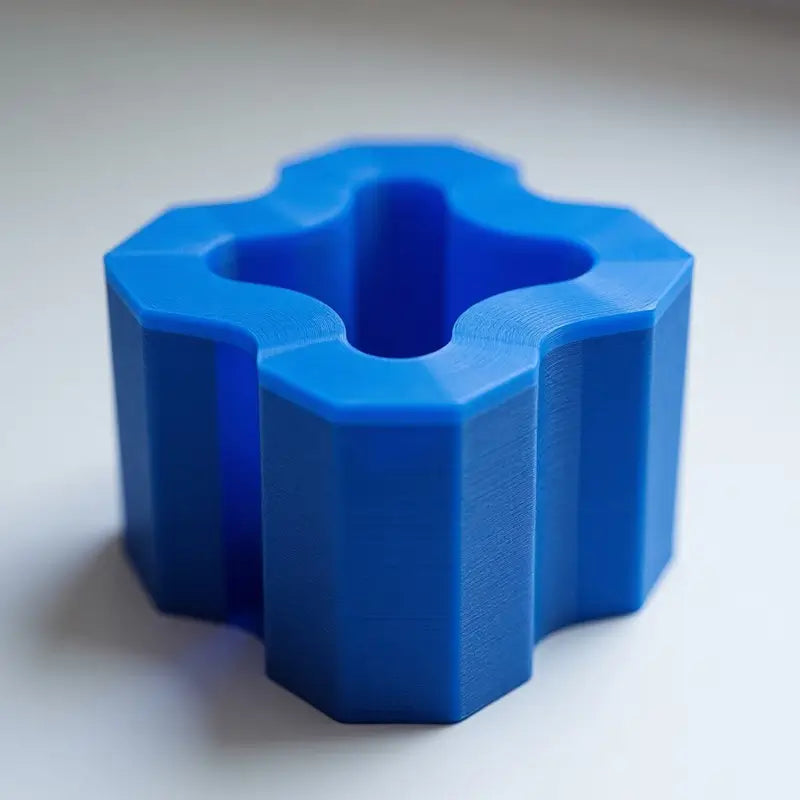
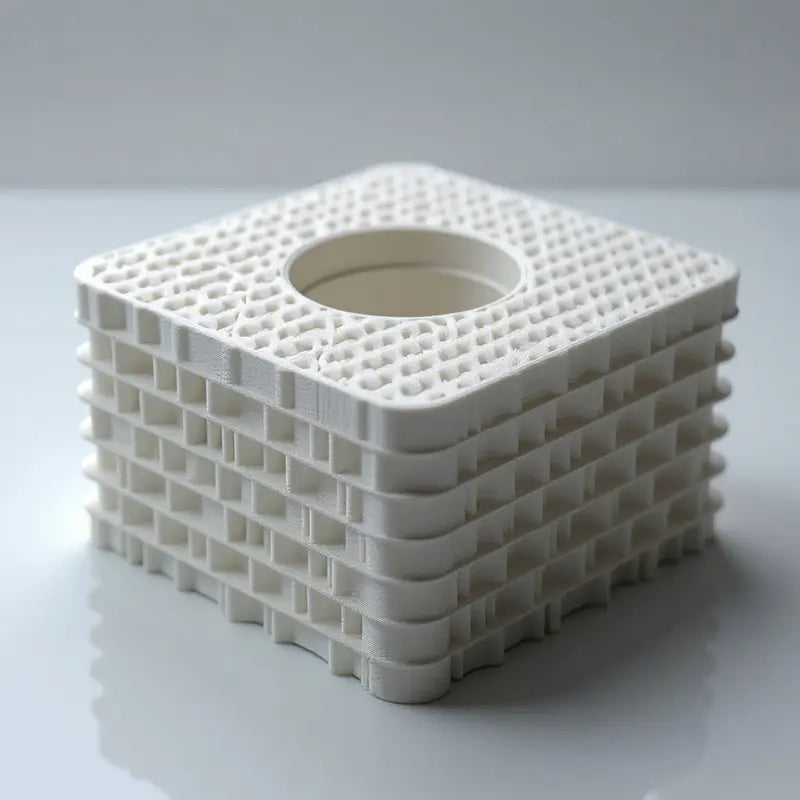
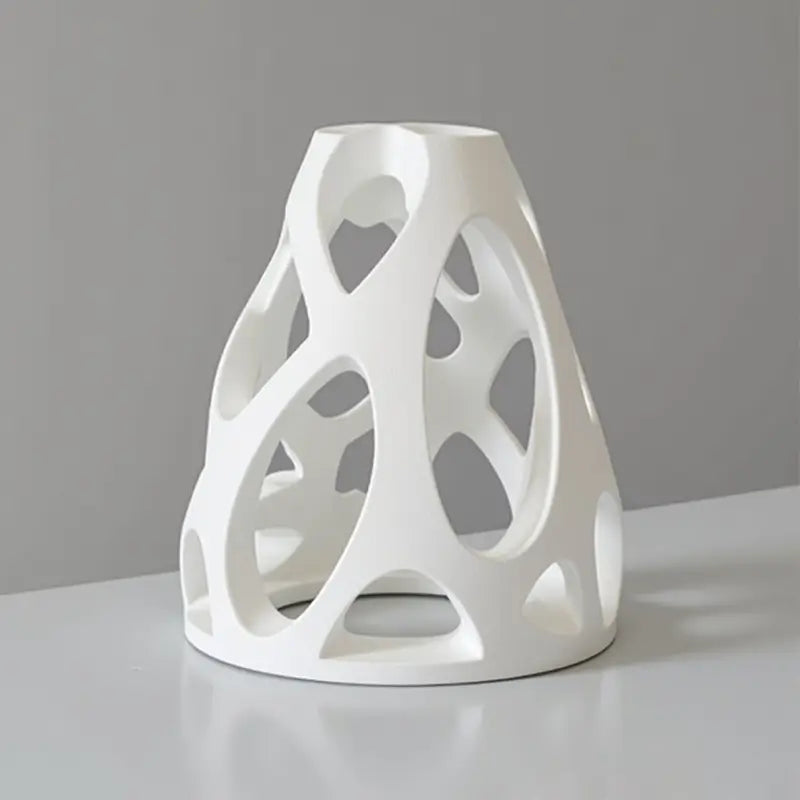
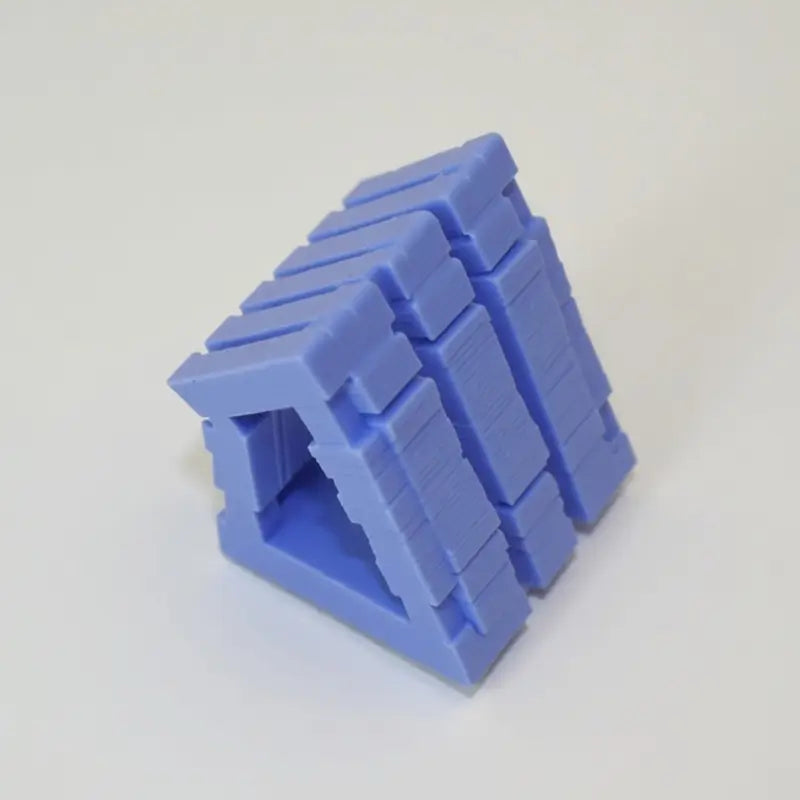
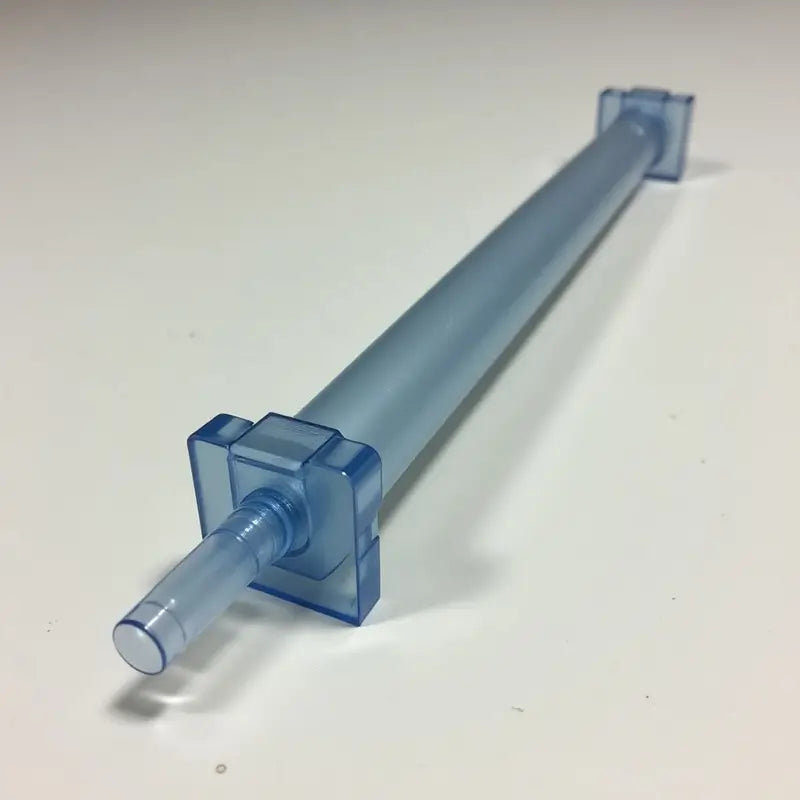
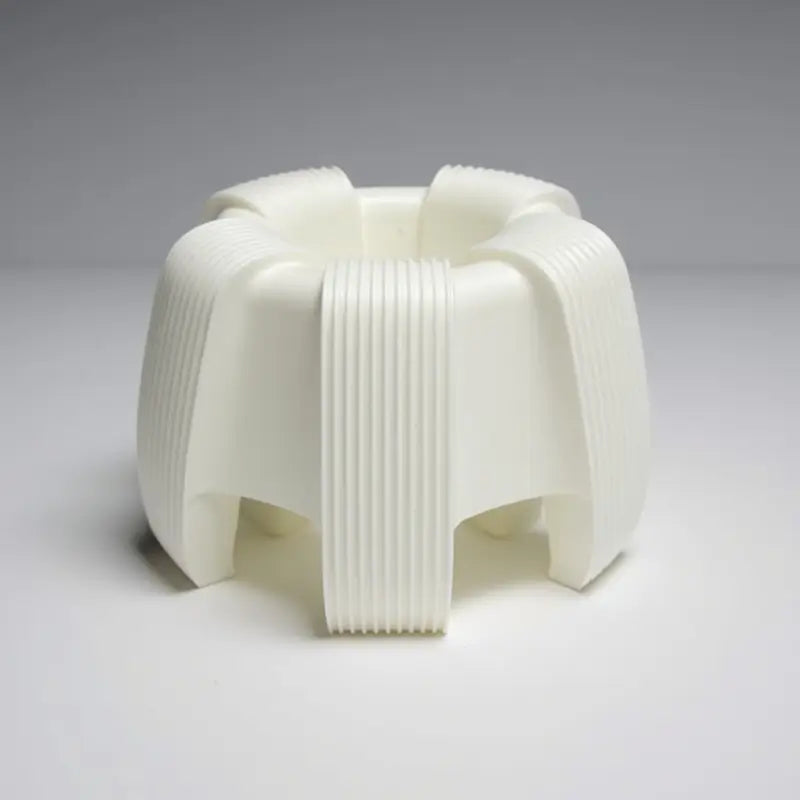
3D Printing Capacilties
| 3D Printing Technology | Material Type | Common Materials | Applications |
|---|---|---|---|
| FDM (Fused Deposition Modeling) | Thermoplastics | PLA, ABS, PETG, Nylon, TPU | Prototyping, education, industrial parts, household products |
| Composite Materials | Carbon fiber-reinforced nylon, glass fiber composites | High-strength lightweight parts, automotive, aerospace | |
| SLA (Stereolithography) | Photopolymer Resin | Standard resin, high-strength resin, transparent resin, high-temperature resin | Jewelry, dental models, medical devices, product prototypes |
| SLS (Selective Laser Sintering) | Plastic Powder | Nylon (PA 12), PA 11, TPU, PA 6 | Functional parts, tooling, automotive components |
| Composite Materials | Glass-filled nylon, carbon fiber-filled nylon | High-strength applications like automotive parts, functional products | |
| MJF (Multi Jet Fusion) | Plastic Powder | Nylon (PA 12), PA 11, TPU | Complex functional parts, prototypes, small-batch production |
| Composite Materials | Glass-filled nylon | Durable industrial parts, automotive components |
3D Printing Order Process

FAQ
MOST FREQUENT QUESTIONS AND ANSWERSQ1: What materials can be used in 3D printing?
A1: Common materials include thermoplastics (PLA, ABS, PETG), photopolymer resins, and powders like nylon (PA 12) or TPU. Composite materials like carbon fiber-reinforced plastics and metals can also be used in certain technologies.
Q2: What industries benefit from 3D printing?
A2: 3D printing is widely used in aerospace, automotive, healthcare (for implants and prosthetics), consumer goods, and manufacturing for creating prototypes, custom parts, and even end-use products.
Q3: How accurate are 3D printed parts?
A3: Accuracy depends on the technology used. SLA and MJF are known for high precision, often reaching tolerances of ±0.1 mm, making them ideal for detailed designs. FDM and SLS offer good accuracy but may require post-processing for better surface finish.
Q4: What are the limitations of 3D printing?
A4: Some limitations include slower production times for large-scale manufacturing, limited material options compared to traditional methods, and the need for post-processing (such as sanding, painting, or support removal) for certain technologies.
Q5: How long does it take to 3D print something
A5: The time to print an object depends on its size, complexity, layer thickness, and the 3D printer's speed. Small objects can take a few hours, while larger, more complex designs may take several days.
Q6: Is 3D printing cost-effective?
A6: For small-batch production, prototyping, or custom parts, 3D printing is very cost-effective compared to traditional manufacturing. However, for large-scale production, traditional methods like injection molding are generally more cost-efficient.
Q7:What post-processing is required for 3D printed parts?
A7: Post-processing can include removing support structures, sanding, painting, polishing, or curing (for resin-based parts). Metal parts may require additional heat treatments or machining for improved strength and finish.
Q8:Can 3D printing create functional, moving parts?
A8: Yes, 3D printing can produce fully functional parts, including moving mechanisms, in a single print. Technologies like SLS, MJF, and FDM are commonly used to print hinges, gears, and other mechanical components without the need for assembly.
Q9: What is the largest object that can be 3D printed?
A9: The size limit of 3D printed objects depends on the printer’s build volume. For industrial machines, this can be up to several meters in size. Larger parts can be printed in sections and then assembled. Technologies like FDM and large-format SLA are often used for big prints
